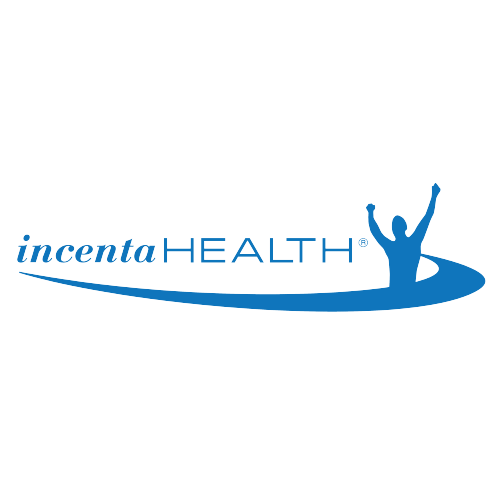Aging naturally tends to be the goal for most—taking what each day brings us with grace—every grey hair; every wrinkle; and all the other physical changes. However, that does not mean blissfully going through each day, hoping for the best. With aging comes the potential for increased risk of several diseases, osteoporosis being one of the more insidious ones, and preventative measures must be taken. You think you’re doing everything right by getting in your daily swim and eating well, but then, a bone breaks, and your doctor gives you the dreaded news.
Osteoporosis is responsible for more than two million broken bones each year. That’s a lot of (mostly) preventable health care and pain. Waiting until retirement to worry about this degenerative disease is the worst tactic—not to say that you can’t do something to prevent or lessen the severity of osteoporosis after sixty, but it does get more difficult.
Our bones build new bone cells throughout most of our life, peaking around 40, when our bone mass starts to decline. How then to fight this loss? The two most effective weapons in your arsenal are to include weight-bearing exercises into your daily routine, and make sure to eat a diet rich in calcium.
Grin and Bear it
While swimming, biking, stair steppers and ellipticals can burn a lot of calories and improve cardiovascular health, they do little to promote bone growth. In order to stave off the effects of osteoporosis and give your body a chance at success, weight-bearing exercises are key. Running, walking, hiking, dancing, aerobics, tennis, and more aid in developing bone tissue. Bone tissue is a living tissue, and it responds to the stress placed on it through weight-bearing activities by growing stronger. Strength exercises like a weighted lunge or chest press act in the same way—the muscles develop and pull against the bones, triggering the bone growth response. Yoga and Pilates, as well as the non-weight-bearing activities listed above are still important to include in your exercise regimen as a well-rounded, flexible, and strong body will aid in the prevention of falls and the related fractures.
Bone up Your Diet
Give your body an added boost by aiding it from within. Food rich in calcium, which helps harden bones, and vitamin D, which aids in the absorption of calcium, are important, but not the only players. Higher intakes of potassium and magnesium, found in a variety of fruits and vegetables, has been shown to improve bone mineral density. If your diet includes a heavy portion of dairy, fruits, vegetables, and seafood, you’re doing things right. Limit products that can have a negative effect on your bones such as sodas, sodium, alcohol, and caffeine.
With these two tools under your belt, you’ll be giving your body a fighting chance at staving off this degenerative disease. Make sure to keep an eye on your body internally, too, with regular DEXA scans (a bone density scan that determines how dense your bones are). And men, this isn’t just a ‘women’s’ disease—you are at risk, too. But with a little foresight and strategy, you can lower your risk and ensure a stronger, more active future.



